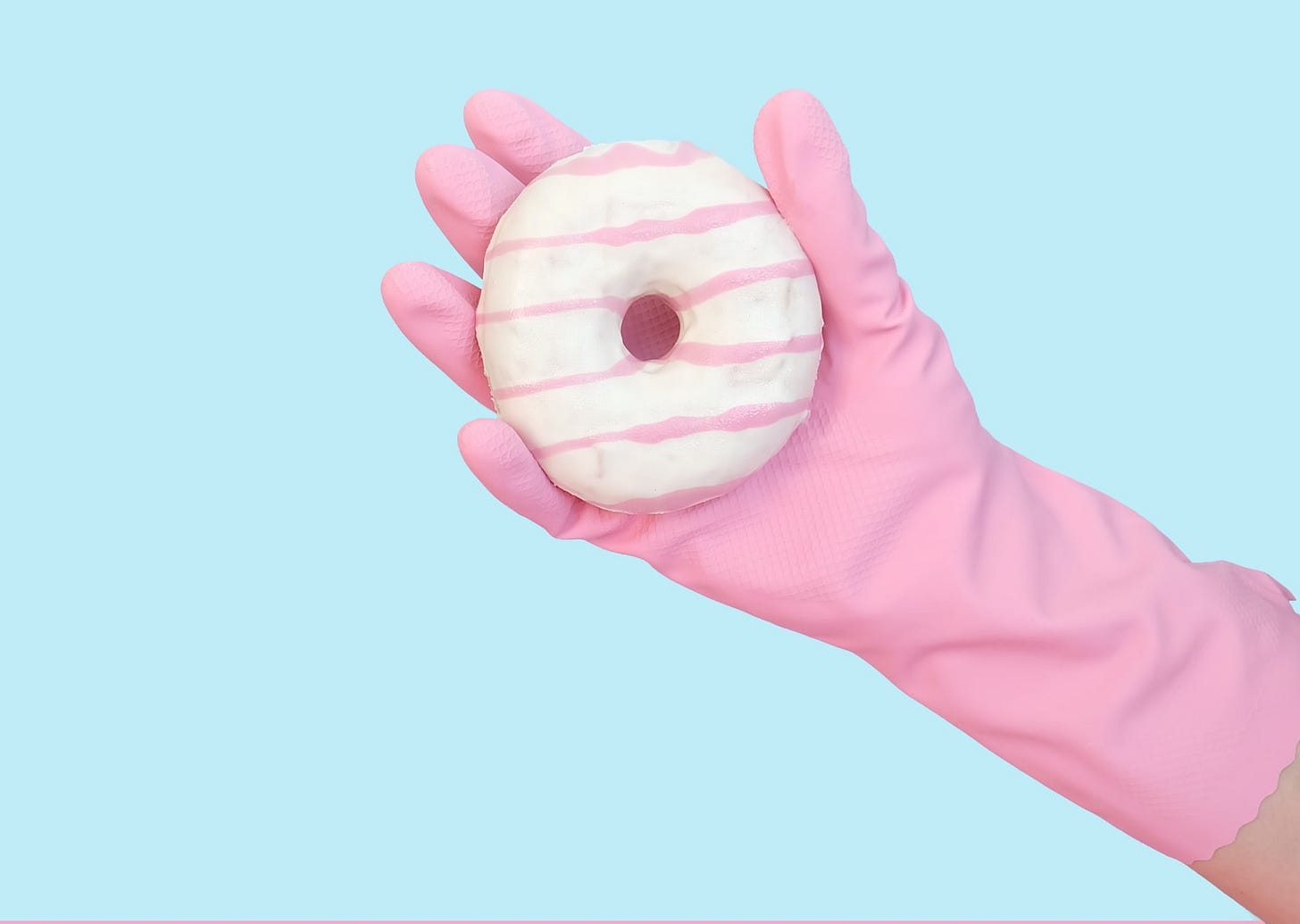DECISION-MAKING & ‘DISTANT’ FUTURES: ßest Defense is a Good Offense (Part II)
Looming deadlines, price salience, and real life impacts.
In Part I, we discussed how we ‘discount’ the future—don’t give it equal weight with today in our decisions. We saw two approaches to improving decisions—bring the future to today vs. improve our understanding of tomorrow. But how do we know which approach works best? It depends on what form ß takes in real life.
1. Hyper-bad decision-making
One plausible version of the future ( ß ) side of our decision is the phrase, “further out of sight (in the future), further out of mind.” Our weight on the future shrinks the further we look into that future. We model this by combining ß with an exponential companion, δ. Something like: tomorrow is weighted (multiplied) by ß δ=1/2, the day after is ß δ²=1/4, then ß δ³= 1/8, and by day 4, ß δ⁴= 1/16… aaaand our consideration of the future has practically disappeared to zero! If you like calculus, this is called ‘quasi-hyperbolic discounting.’ If you don’t, let’s just call it “helpful looming deadlines.” When a deadline is far in the future, its teeny tiny ß δ pair means you tend to ignore it. In observed behaviors, we’d see bad choices for a while, but gradual changes as the future comes closer to today: i.e. panic-induced study ramp-up or fewer workout excuses as the big race approaches. The best solutions in this setting are approaches like deadlines or pre-commitment contracts. As the deadline gets closer, it becomes exponentially more important.
2. Time for an information update
In contrast to quasi-hyperbolic discounting, inaccurate knowledge of the future shows up as more sudden behavior changes. With the ‘approaching deadline’ mentality, we know the true nature of the future but it creeps up on us. Behavior due to incorrect information is more sudden, with updated information jolting us into better behavior. This is sometimes called ‘price salience’- how aware consumers are of the price or cost of a decision: i.e. that sinking feeling in your stomach when you realize your homework is longer than you thought, or diving into diet and exercise changes after a heart attack. The best solutions in this situation will be education and outreach.
3. Real life findings: Medicare Part D
One area where understanding long-term decision-making could improve health care outcomes is insurance. Insurance contracts increasingly rely on complex pricing schemes over the year, such as deductibles, to influence patients’ consumption decisions. Whether these schemes work depends on patients’ abilities to navigate changing prices over the course of a year. A prime example is the Medicare drug plan’s “doughnut hole,” which aimed to make enrollees optimize long-term pharmaceutical choices through (drastically) changing out-of-pocket prices. The result? In my work, we find Medicare enrollees best fit price salience behavior- implying the plan is too complex or there is an unmet need for clearer communication with enrollees. Unfortunately, Part D enrollees also fit a third behavior explanation- myopia. Just as near-sided eyes need glasses to see across the room, myopia is when decision-makers are blissfully unaware of the future until the shoe drops (and the out-of-pocket costs skyrocket). In this insurance setting, strategies to bring costs down may need to shift from the patient to other areas.
If you’d like a deeper dive into Part D and decision-making, you can read the full paper here. For more on Medicare Drug plans, read how these plans depart from traditional insurance an innovative way.
Read the rest of the Decision-Making and Distant Futures series: An Irksome Equation (Part I), Help from Health Policy (Part III)




